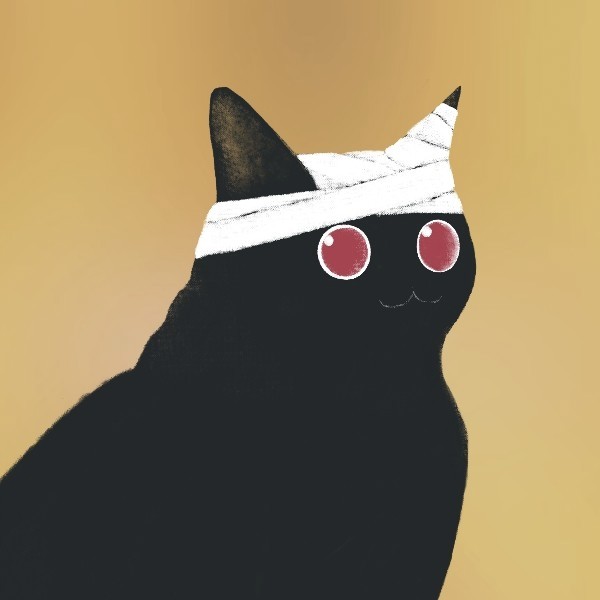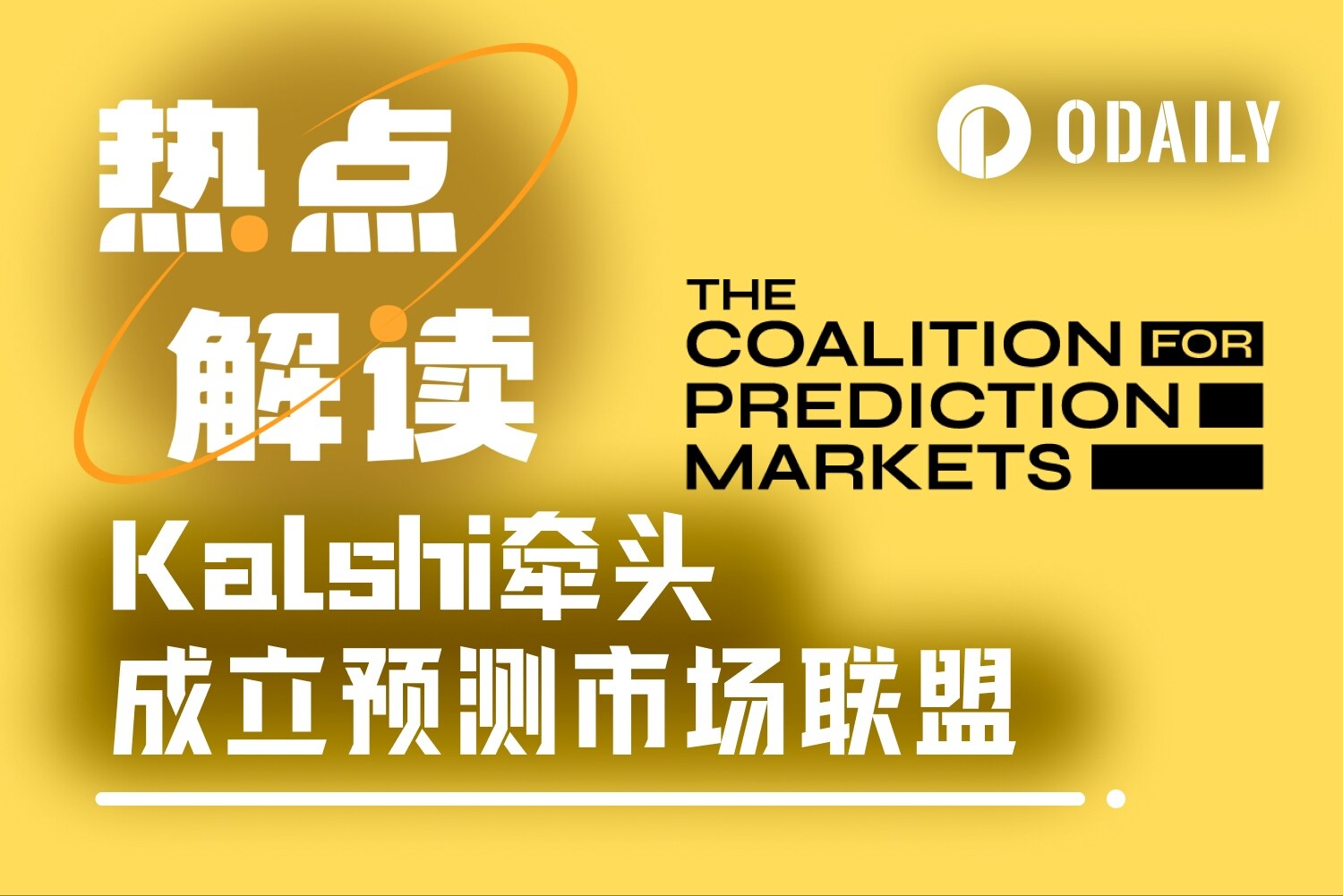社区赋能的无界链游平台,DAR Open Network如何定义链游发展新模式?
原创 | Odaily星球日报
作者 | 南枳
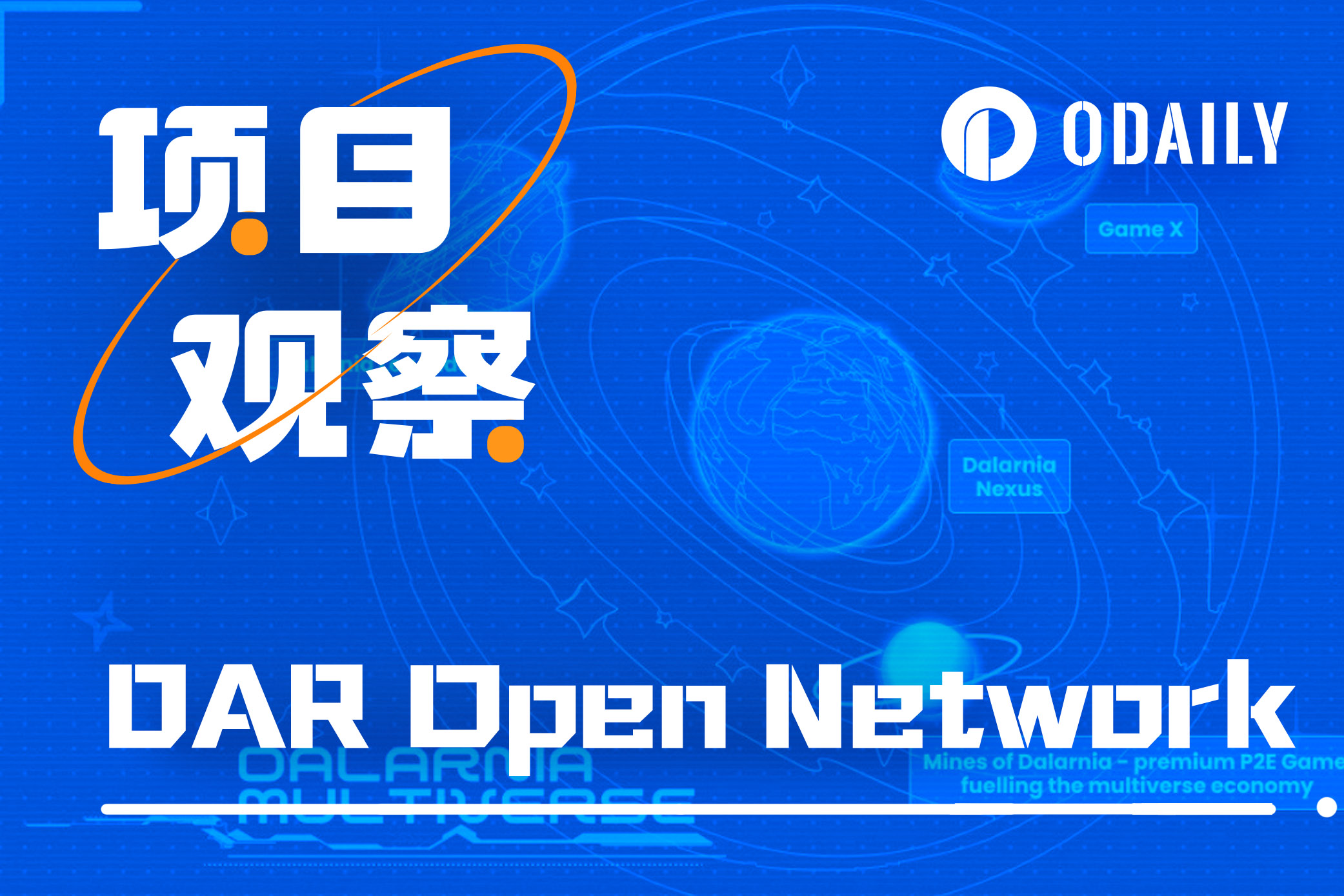
引言
链游所强调的其与传统游戏的一项重大区别在于,游戏资产、数据为用户所有,并且基于Web3的无许可特性,资产和信息能够跨生态、项目使用。然而现在多数链游生态孤立,虽用户确实“拥有”其资产与数据,但并不能跨出项目本身使用。造成这一现象的主要原因在于,每个项目具有天然仅专注自身项目的局限性,难以在初期就加入跨生态的架构设计。
游戏公链、链游 Layer 3、转型链游 Launchpad,目前的多个主流发展路径均包括不同程度上对链游统一生态的探索。而 DAR Open Network 正是该探索之路的领先者,DAR Open Network 是一项旨在变革Web3游戏的开放基础设施,它正在创造一个社区驱动的生态系统。在这个生态系统中,通过游戏开发民主化和 UGC,DAR Open Network 允许开发者和玩家共塑游戏发展方向,并使生态中的各游戏通过共享的技术、资产和体验而蓬勃发展。
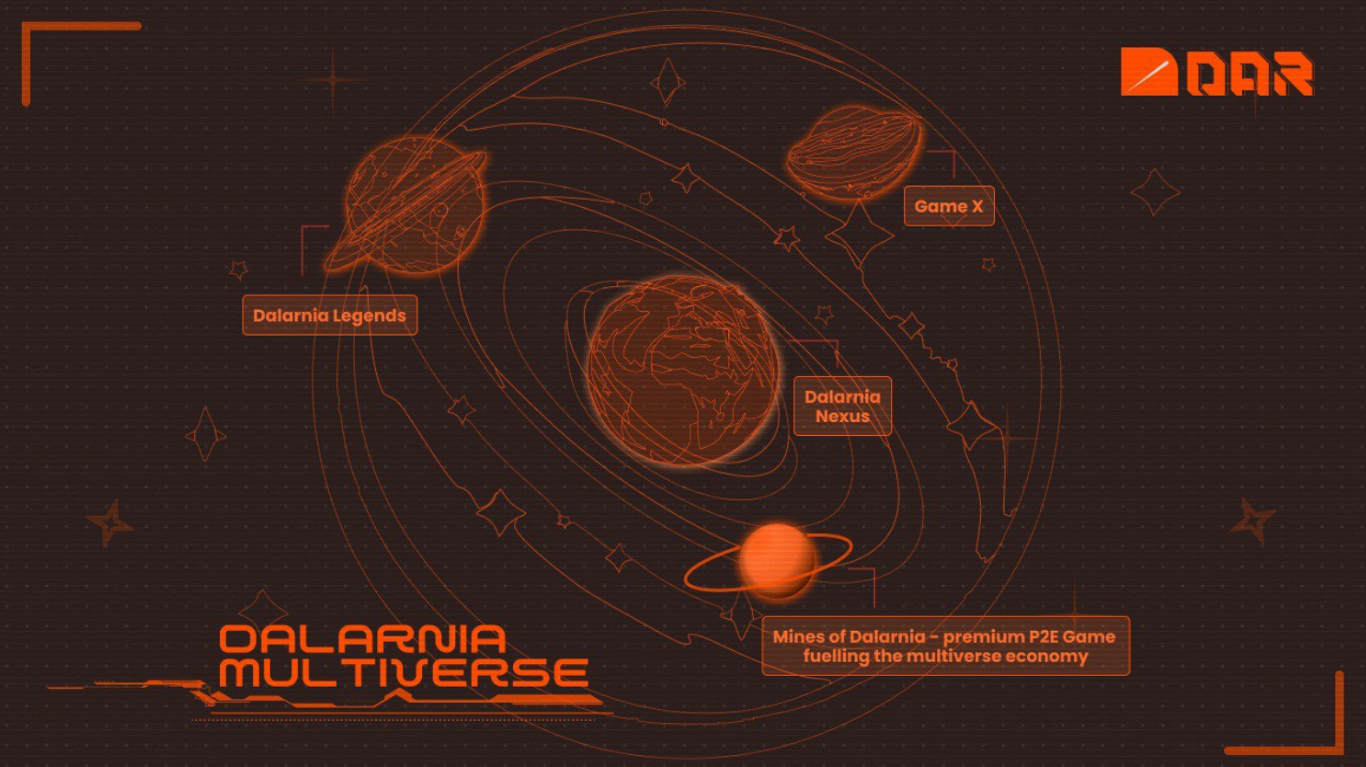
DAR Open Network
早在 2021 年,DAR Open Network 推出的链游 Mines of Dalarnia 就上线了币安 Launchpool 并于次年上线主网,随着链游发展与Web3实践加深,其希望进一步发挥Web3游戏生态的可能性,超越单款游戏的局限,DAR Open Network 应运而生。而作为链游生态,DAR Open Network 具备了丰富的游戏及相关基础设施,并应用Web3独特的经济模式实现用户引入和生态经济循环,更进一步地,DAR Open Network 通过架构、内部系统和社区,已在逐步实现其互联共享的链游生态愿景。
丰富游戏体验及生态发展
链游的第一要务是保证游戏的可玩性,以游戏本身维持用户黏性,DAR Open Network 通过强大的游戏开发能力和创新游戏发展模式实现这一目标。
Dalarnia Launchpad
DAR Open Network 内的 Dalarnia Launchpad 是一个链游创新平台,致力于发行全新、高度可玩的链游,专注于 DAR 生态的第一方游戏以及外部合作方的合作开发游戏。
链游 Launchpad 平台将为用户提供持续性的、高新鲜度的游戏体验,实现持续的用户引入并保持黏性。同时 Dalarnia Launchpad 还将增强 DAR 代币的实用性,所有第一方游戏都以 DAR 作为原生代币,确保了生态的统一经济框架,促进生态资源流动和用户的活跃。
第一方游戏(First Party Games)
第一方游戏由 DAR 生态团队开发和维护,此类游戏将是 Dalarnia 多元宇宙的核心。目前第一方游戏包括已上线的 Mines of Dalarnia,以及正在开发的 Dalarnia Legends 和 Dalarnia Nexus。此外,DAR Open Network 还将通过一系列系统实现生态游戏之间的融合,从而形成网络效应以促进整体生态的进一步发展。
合作游戏
DAR Open Network 还将通过第三方合作游戏拓展其生态。DAR Open Network 将面向外部游戏开发商和工作室提供一系列开发工具,使外部开发人员能够便捷高效地完成与 DAR 生态系统的集成,进而实现游戏的互相促进。合作游戏可以发行自己的游戏代币,但将在数个方面与 DAR 生态结合:
首先,完成网络集成之后,合作游戏的资产能够整合至 Dalarnia Marketplace,使用生态统一货币 DAR 进行交易。集成后的项目还可使用 DAR ID 进行账户管理,获得加密生态入门、代币 Swap 等功能,更进一步地还包括上线 Launchpad、参与 Dalarnia 任务系统等生态组合权益。
社区驱动的原型发展模式
据 DAR Open Network 路线图, 24 年底至 25 年初起,第一方游戏将改变其性质向社区驱动型转变。DAR 团队将专注于创建概念验证原型(Proof of Concept prototypes),并在 Launchpad 的原型板块发布。
什么是概念验证原型?这是一种由社区驱动的链游发展的创新模式,每个原型都面向社区玩家开放,多个原型发布并进行一段时间的测试后,将由社区决定哪些游戏进入到下一生产阶段。基于用户反馈、KPI 或社区提案对原型做出评价,并且如果某个项目未能达到社区的期望,该项目将被撤销下线,进而将团队的重心转移到社区认可的新项目上。通过持续地对概念原型的社区游玩、测试和投票流程,保证游戏体验的丰富度、新鲜度,进而确保游戏生态的良性发展。
无界生态和社区发展
除了发展游戏本身之外,DAR Open Network 还希望赋予游戏间的经济和资产互操作性,而这一目标通过游戏化的社交中心平台 Dalarnia Nexus 实现。Dalarnia Nexus 是每一位玩家和社区成员进入生态的窗口,也是 DAR 平台游戏的整体框架。
首先,Dalarnia Nexus 赋予了资产互操作性,包括游戏道具和 NFT 系列,与 DAR Open Network 集成的游戏将通过这一中心平台收获资产和体验的增值。另一方面,Dalarnia Nexus 还将构建游戏和文化的社区,每个玩家都将用户独有的 Dalarnia ID 和基地(Base),允许用户通过游戏资产扩展个人基地,包括来自 Mines of Dalarnia 和 Dalarnia Legends 的各种道具。而每个独立个体将组成游戏社区,体验社区驱动的原型发展模式,通过 UGC 创造属于玩家心中所想所愿的游戏世界。最后,DAR Open Network 还将在游戏中引入 AI 智能体,每个 AI 智能体都拥有其鲜明的特色、目的和任务,允许玩家通过多种方式与其互动,包括基础交互、资产贸易和任务发展等一系列丰富选项,充分发挥游戏、社区、用户的多边网络效应,实现生态的指数级增长可能性,根本上改变用户的游戏体验。
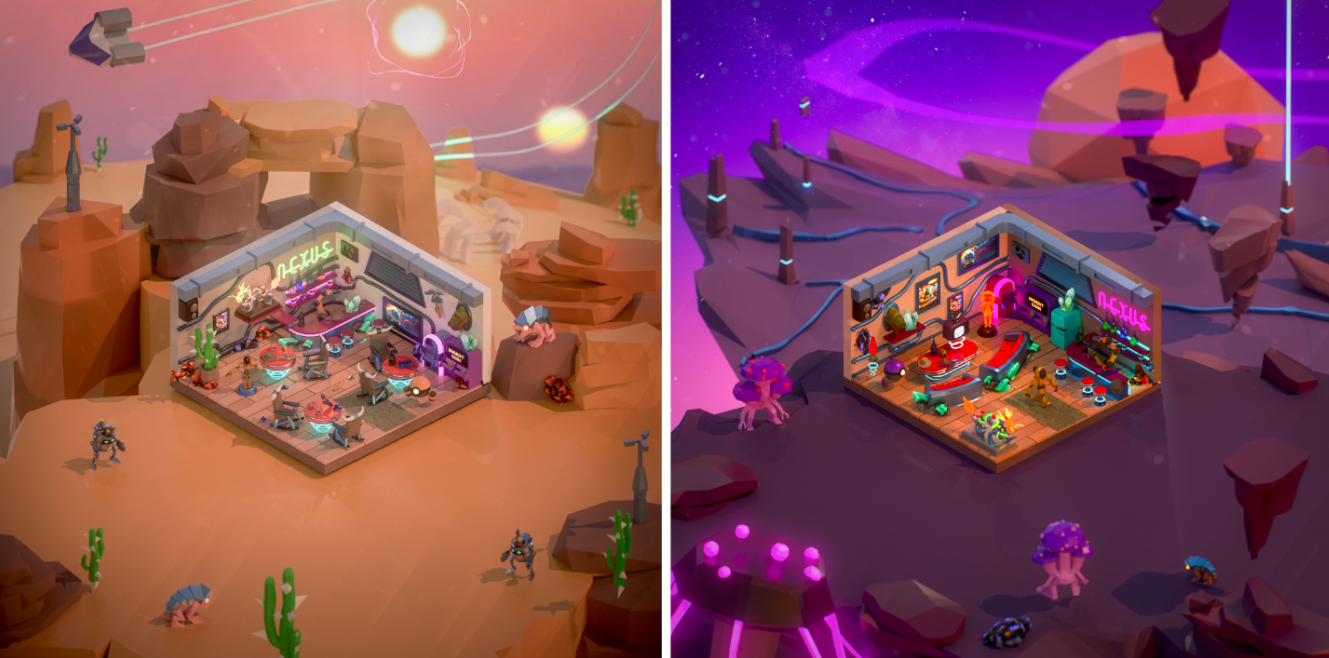
可持续经济
除了“玩”之外,Web3经济也是吸引用户和生态循环的根本要素,但早期的链游过度追求P2E中的 Earn,设计了以代币为中心的庞氏经济模型,虽可能有短期的财富效应,但生态终究无法长期持续。
为维持整体生态的长期发展,Dalarnia 引入了多种长期经济机制,以控制资产通胀和贬值。包括 Mines of Dalarnia 的资源博弈机制和损耗机制,以及在 Dalarnia Nexus 中设计的名为 Base Decay 机制,用户的个人基地(Base)将受到风暴侵袭从而有所损耗,需要用户投入资产维护。DAR Open Network 旨在通过这一机制实现可调控的经济,并促进玩家参与游戏以收集资产,提高玩家的参与度和忠诚度。
DAR Open Network 生态游戏
Mines of Dalarnia
Mines of Dalarnia 是 DAR Open Network 的首款游戏,玩家能够作为矿工(Miners)或者地主(Land Owner)参与游戏,而玩家在游戏游玩过程中获取的资源,将是游戏入门和进一步提升游戏能力的必备资源,多方角色和资源的内循环构成了游戏生态。
矿工(Miners)
作为矿工,玩家需要专注于收集资源并提升装备和等级,以进一步增强采矿能力。每个矿区有着特定的深度,随着深度的增加资源奖励将更加丰富,资源的等级也各不相同,例如在等级 1 的深度下仅产出铜矿,而需要到深度 4 才具有开采出金矿的可能性。但深度增加后也将出现更高难度的怪物和生存环境,这对玩家的等级和装备提出了要求。一方面随着游玩进度的提升,玩家将获得经验值从而提升采矿等级,等级的提高将为玩家解锁新能力。另一方面玩家需要使用资产打造装备,从而提升对特定资产的开采能力。
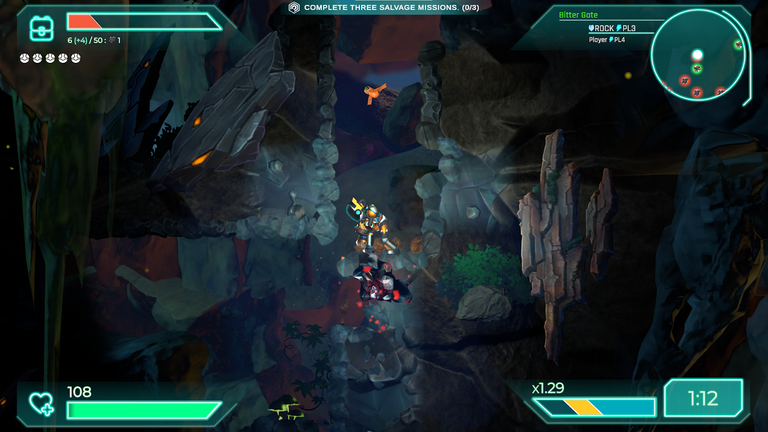
地主(Land Owner)
Mines of Dalarnia 宇宙由三颗行星组成。每个行星包括 1600 个矿区,而这些矿区的所有权、维护和挖矿租赁是游戏经济的核心支柱。
首先,矿工需要进入矿区挖矿才能获取资源,而在进入矿区时用户需要支付 DAR 租金以获得开采权,这既是地主的收入来源,也带来了考验,地主需要考虑如何吸引更多的玩家来到其矿区进行挖矿。
而每个矿区之间的区别在于深度和属性的不同,深度影响着资源的等级,而玩家的装备类型适配不同种类的矿区属性。地主主要需要投资以升级地块,从而以提升地块的最大深度。同时,随着采矿活动的进行,矿区中的可用资源会随着时间的推移而减少。为了保持土地对潜在矿工的吸引力,土地所有者必须消耗道具维护土地,进而补充矿产资源。
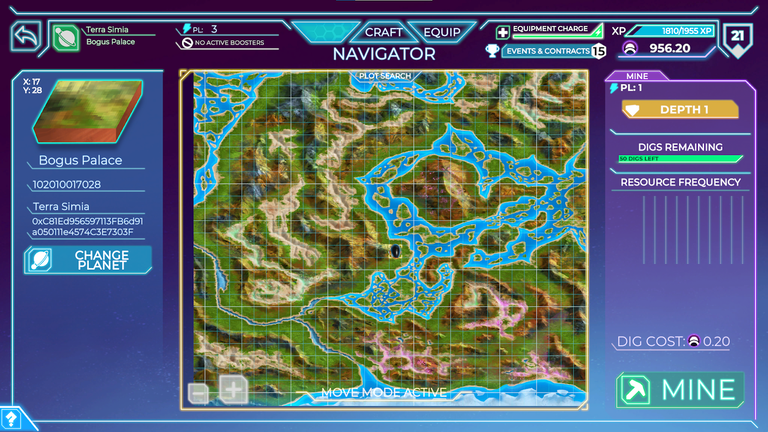
游戏生态循环
矿工装备分为三种类型,包括用于挖掘资源的采矿工具、击杀怪物的武器、防御敌人和周围环境的盔甲。矿工在获取资源后,可以面向其他用户出售,也可以用于提升自身,构成了资源的产出与消耗循环之一,而如何抉择也是经济生态的主要博弈之一。同样地对于地主而言并非一劳永逸,如何投资、宣传与组合资产成为博弈要点,亦是游戏乐趣所在。
Modbots
Modbots 是隶属于 Mines of Dalarnia 的一款休闲放置类游戏,玩家需要在每个赛季中获取尽量多的 Moon Chips,赛季结束时用户将根据获得的 Moon Chips 占比分配 DAR 代币奖励。
在 Modbots 中划分有矿工机器人、防御机器人、修理机器人三类,用户需要使用 Mines of Dalarnia 的产出资源制造这些机器人,而机器人在产出 Moon Chips 的同时需要抵御星球上的风暴。每个赛季开始前官方将宣布赛季 DAR 总奖金,并根据赛季结束时的占比进行奖金分发。
Modbots 即将开启 Season 2 赛季,参与用户将获得双倍的收益和奖励加成。
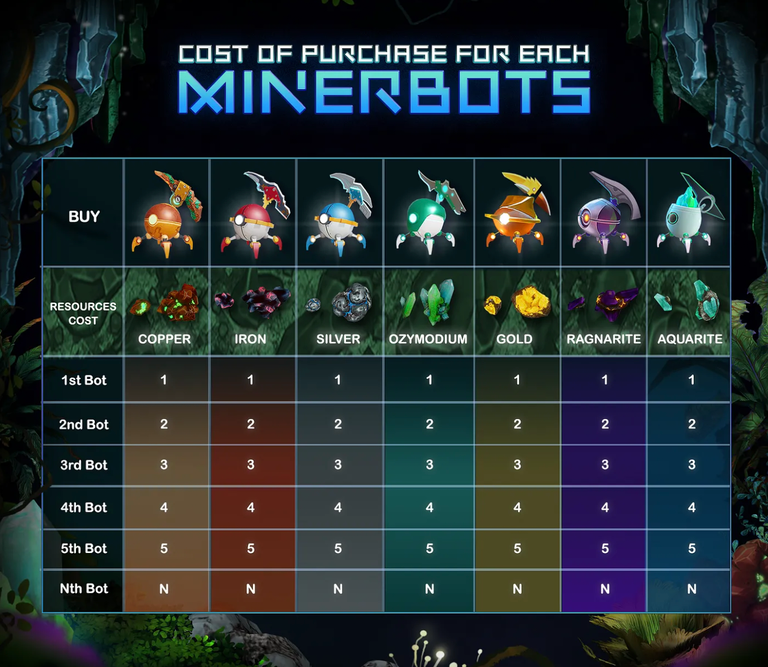
Dalarnia Legends
Dalarnia Legends 是一款的快节奏的 PVP 收集式卡牌游戏(Collectible Card Game),是继 Mines of Dalarnia 之后官方推出的第二款游戏。Dalarnia Legends 将在游戏中引入独特的 Al 创作,玩家可使用基本卡牌和提示词(Prompts)创造独特的卡牌风格,并在 Dalarnia 市场中轻松完成卡牌交易。同样地,Dalarnia Legends 将采用 DAR 代币作为基本代币,并将与 DAR Open Network 实现无缝连接,支持基地的资产装饰、市场和任务功能等一系列功能。
生态代币设计
DAR Open Network 设有两种代币,分别为 DAR 和 MC(Moon Coins)。
DAR 作为市场货币和生态实用货币使用,在 Dalarnia 市场上交易任何资产均以 DAR 计价和交换,串联生态经济。而成为 DAR 公民(citizen)则需要质押 DAR 代币,用户仅需向公民池质押 100 枚 DAR 即可获得该身份,并随时可以解除质押。DAR 公民的权益包括 Dalarnia Launchpad 游戏原型参与权、Dalarnia Nexus 独家内容、专有市场等。此外用户可以选择向质押池质押更多 DAR 代币,从而获得 MC 折价购买权、DAR 空投、治理权等权益。
而 MC 更多作为各游戏的消耗代币使用,所有内部游戏均要求将 MC 纳入经济循环设计当中,并鼓励外部项目也将此代币纳入其游戏当中。对于用户而言,需要通过 DAR 购买 MC,然后在游戏或者 Dalarnia Nexus 中使用。通过这一单向兑换模式,能够控制资源的通胀,在玩家的抉择之中实现经济的自平衡。
结论
通过扎实的游戏开发能力、新奇的社区驱动的游戏发展模式以及丰富的游戏生态基础设施,DAR Open Network 将与开发者和玩家共塑游戏发展方向,使生态中的各游戏通过共享的技术、资产和体验而蓬勃发展,构建出一条通向高度互通和繁荣增长的链游生态发展之路。

